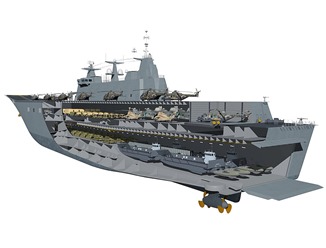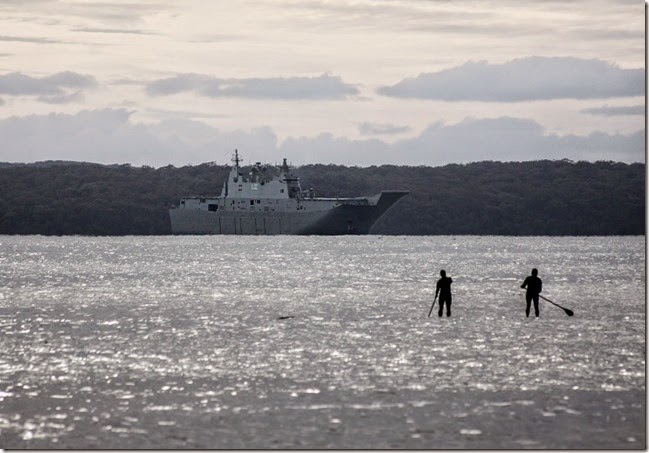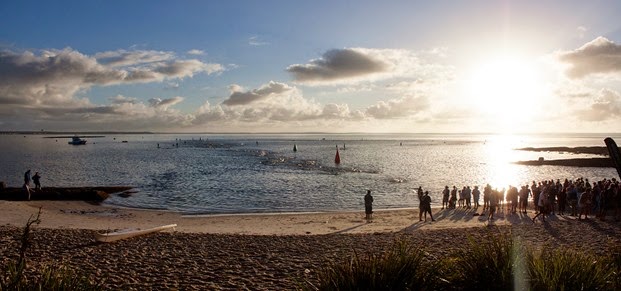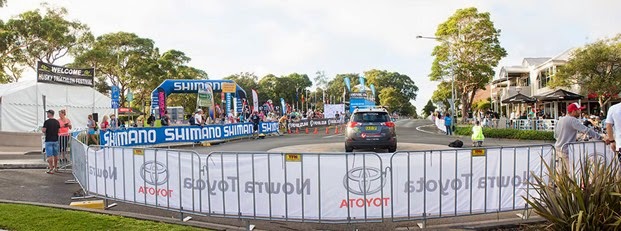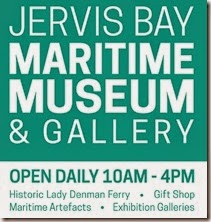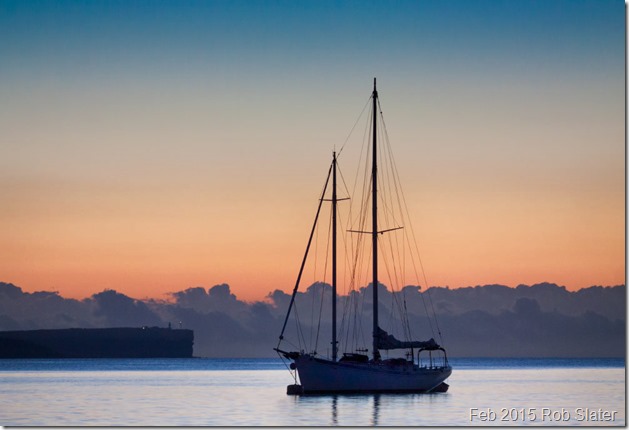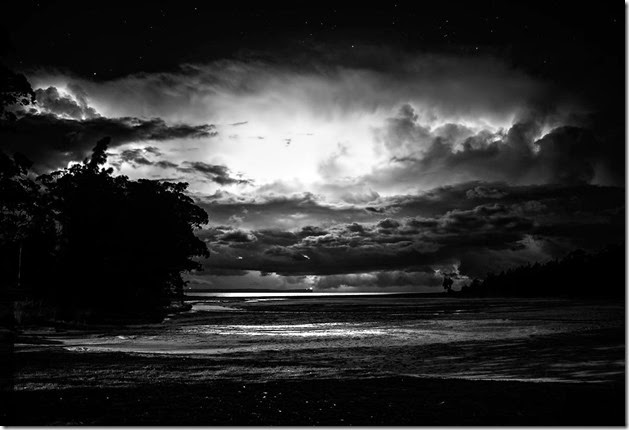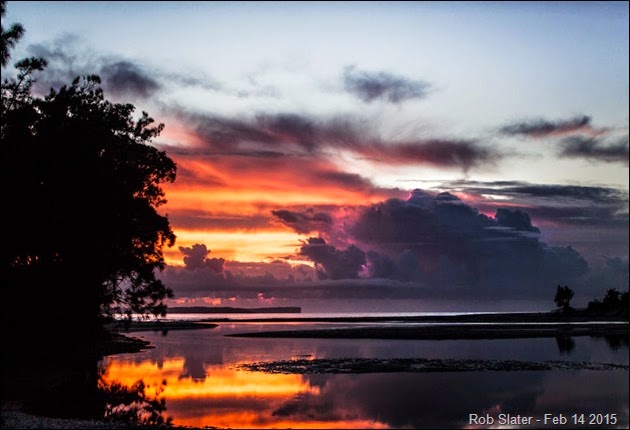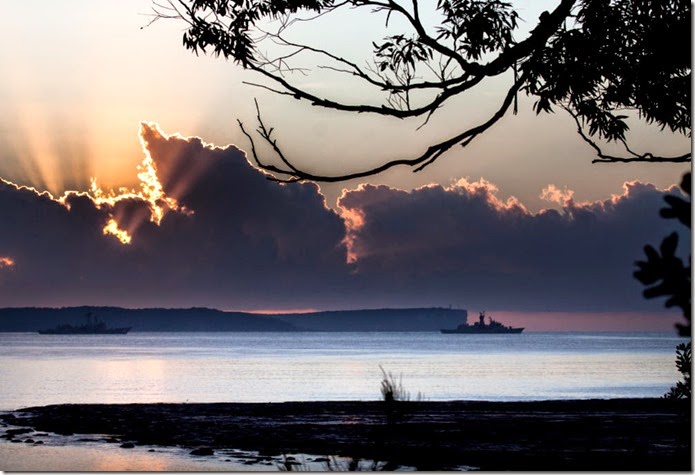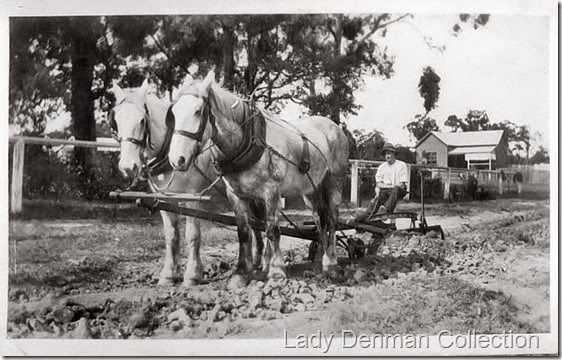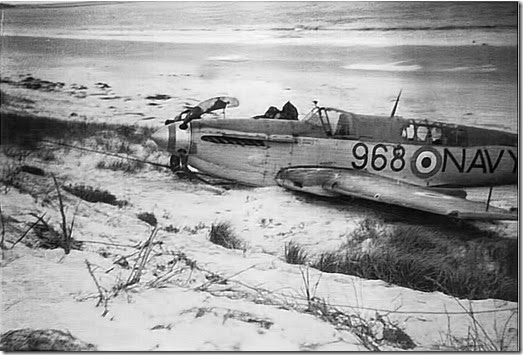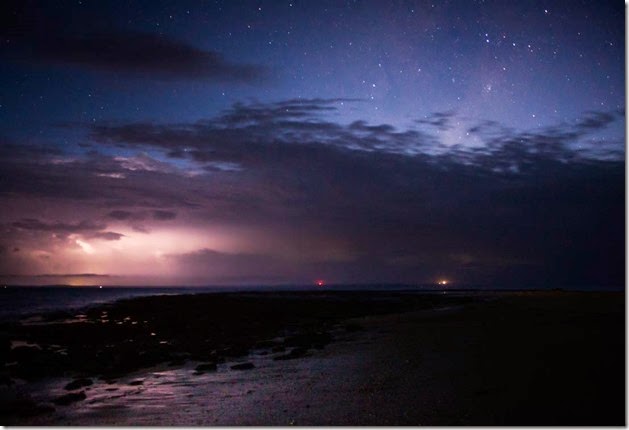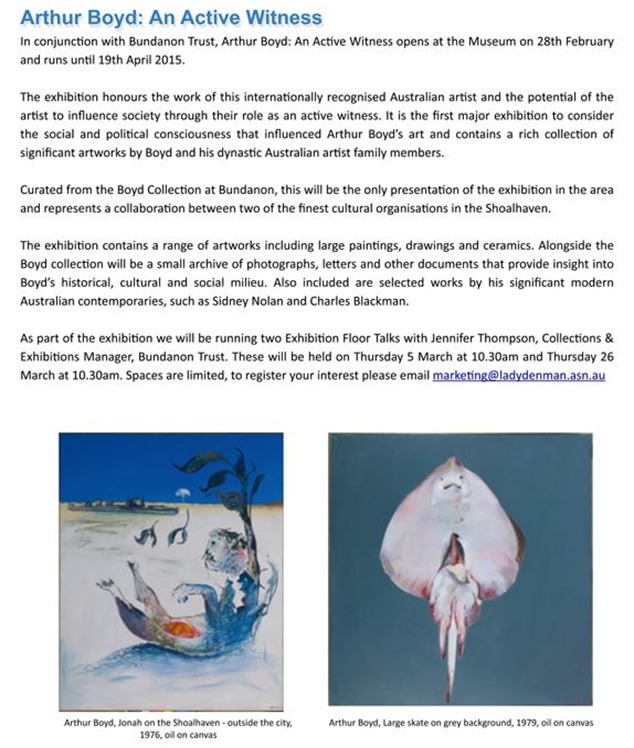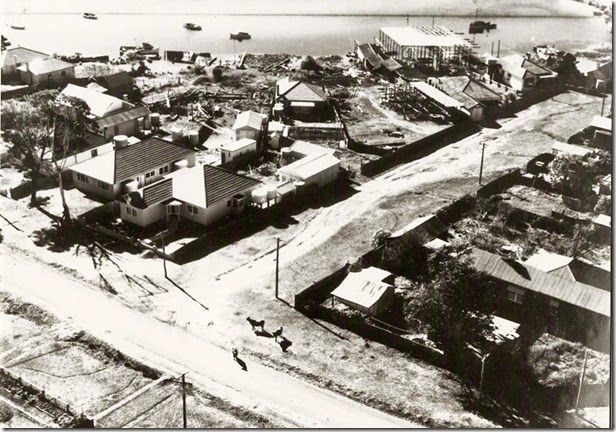27 February 2015
26 February 2015
| These tablet bottles are part of the museums collection. |
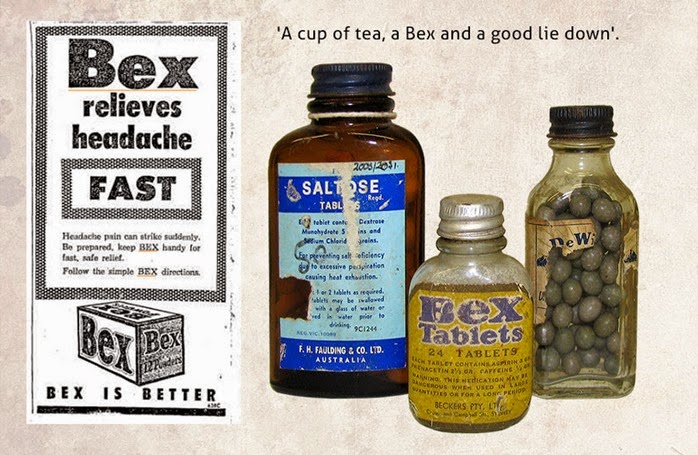 |
| The most recognised and infamous bottle of the three would be the Bex Tablet Bottle. |
| Ref: http://trove.nla.gov.au/version/210448439 |
| Saltose, was used to help prevent excessive perspiration causing heat exhaustion. |
25 February 2015
East Coast Lows
| Near cyclonic storms have caused devastating damage along the East Coast of Australia. | |||
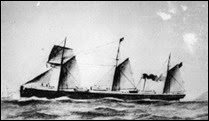 Previous post about the S.S Dandenong. Read More. Previous post about the S.S Dandenong. Read More. | |||
| |||
| The 1974 storm was known as the “Sygna Storm” Named after the 53,000-tonne Norwegian bulk carrier Sygna. . | |||
 | |||
| All ships anchored off the ports were advised to head to sea. Seven of the 10 ships anchored off Newcastle immediately did so, but Sygna remained at anchor. By 1am the following morning, the wind had increased in strength to 165km/h and, with the huge seas and a lee shore, the captain decided to sail. He weighed anchor and the ship got under way. |
20 February 2015
An English syndicate visited Nowra in connection with establishing a large timber block street paving industry at Jervis Bay.
| The heading above came from a previous post about some of the industries that could have developed in the region, but for one cause or another never eventuated.. | |||
| |||
19 February 2015
New museum Image
| This weekend marks the beginning of a new chapter in the history of the Museum. |
|
|
| Over the last few months there have been many changes and developments, new solar panels grace the roof of the museum and are providing all the power the museum needs and more, The Halloran Collection is undergoing restoration, one piece at a time, new exhibitions with a more professional approach have everyone involved excited about the future, promotion of the museum is an ongoing problem, where best to put the limited money available to get the best possible returns, our marketing manager has been updating local adds to fit the new image and has been instrumental in driving some of the changes. |
|
|
| Please adjust your bookmark. The blog site’s URL is now jervisbaymaritimemuseum.blogspot.com |
Handa Isle 1918
| The Mystery of the missing Handa Isle |
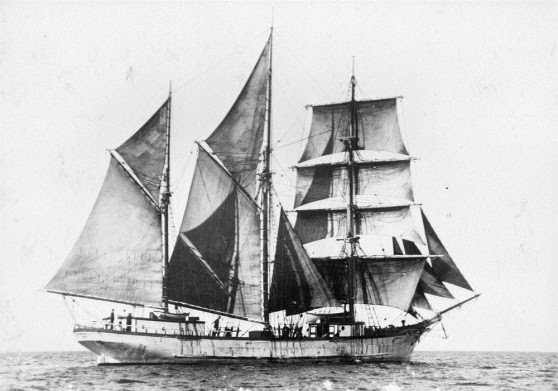 Image free of copyright |
| Wreckage washes up on Chinamen’s Beach Jervis bay. |
| Several Months after the barquentine Handa Isle went missing on a voyage from Sydney to Melbourne, wreckage was found washed ashore on Chinamen’s beach inside Jervis Bay. |
| The Mercury (Hobart) Monday 11 November 1918 |
| The greater portion is painted white and the remainder red. The wreckage appears to have been in the water for several months. More Wreckage Found. |
| The Sydney Morning Herald Friday 14 February 1919 |
| Identification of wreckage. |
| Examination of the mast only deepened the sadness for the families, it didn’t provide the answers for family and friends of the missing seamen, the burnt and charred remains only added to the mystery of the Handa Isle. |
| Unanswered questions: The remaining question was - If the petrol had exploded below decks, wouldn’t the mast have been burnt below the deck line?. At this time I haven’t found any more information about this tragedy, if you have further information, please contacts us at the Museum. yourcontributions@gmail.com . |
| German mine. |
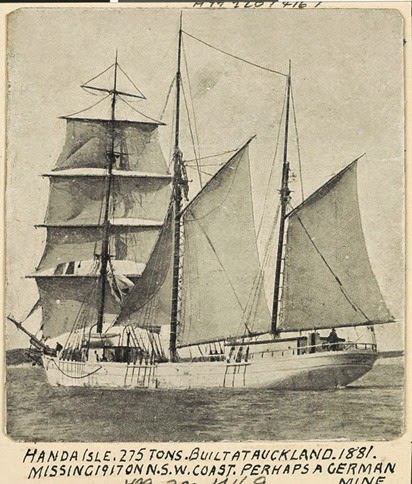 Image free of copyright |
| Handa Isle - 275 tons. Built at Auckland. 1881. Had Benzene cargo and wood. |
18 February 2015
Appreciation of the simple life – Huskisson 1891
16 February 2015
With a bit of good fortune.
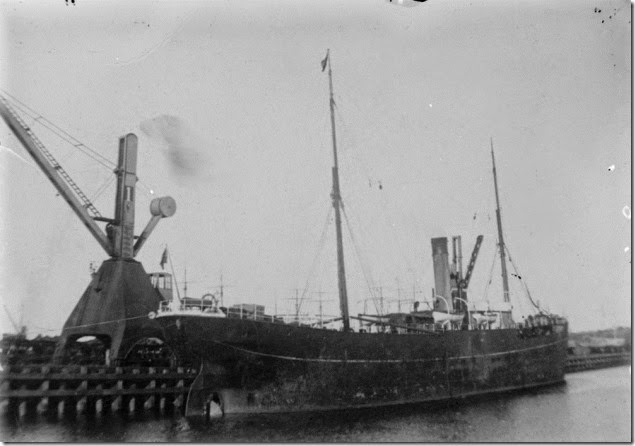 Photograph – Alan C. Green. State Library of Victoria – No copyright restrictions apply. Photograph – Alan C. Green. State Library of Victoria – No copyright restrictions apply. | |||
| Despite a long history of shipwrecks from the sailing ship era and repeated articles and dispatches to ship owners and captains warning them of the dangers involved in plying the coast about the Wreck Bay and Jervis Bay area, ships continued running into trouble inside the treacherous bite of Wreck Bay and around the uncompromising coast of Jervis Bay. | |||
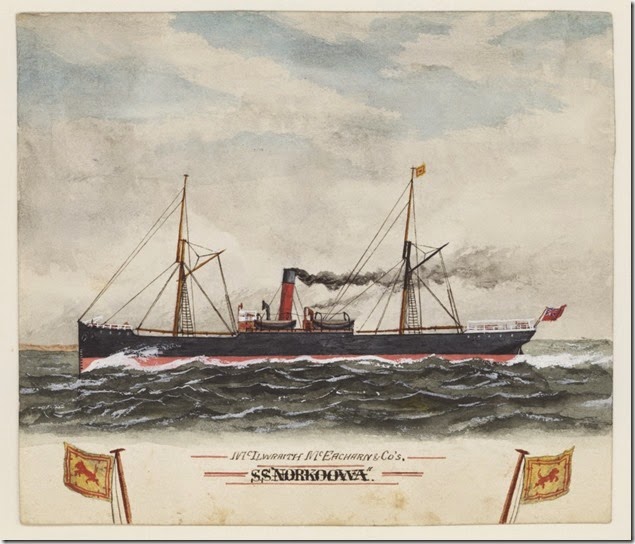 Artist – Alan C. Green. State Library of Victoria – No copyright restrictions apply. Artist – Alan C. Green. State Library of Victoria – No copyright restrictions apply. | |||
|
| |||
| |||
| In this case the Norkoowa’s luck was with her, despite being high up on rocks, the weather had remained relatively calm and she avoided the fate of so many previous vessels that found themselves in a similar situation. Successfully Refloated.
The Norkoowa's heavy bumping on the inhospitable shores of Wreck Bay had evidently damaged her hull to a greater extent than was first supposed. A later telegram stated that it was hoped temporary repairs could be effected for making a start again on Monday for Sydney, where it is proposed to dock and overhaul the steamer. Norkoowa's pumps were unequal to the work of keeping the Norwooka afloat. At that juncture the pumps and gear taken down in the Aldinga by Captain Hall came into valuable use. The centrifugal pumps were put on board the sinking vessel, and by that means and a pump from the Port Jackson tug-steamer Commodore, the water gaining freely below was overcome... The steamer Alinga will stay by the damaged vessel, and will escort her up the coast to Sydney. | |||
| |||
| Specs: A screw steel steamer of 1074 tons net. | |||
| Ref: http://www.tynebuiltships.co.uk/N-Ships/norkoowa1885.html http://digital.slv.vic.gov.au/view/action/nmets.do?DOCCHOICE=2738085.xml&dvs=1424126801575~724&locale=en_US&search_terms=&adjacency=&divType=&usePid1=true&usePid2=true |
15 February 2015
Violent, unrelenting spectacle across the headland of Jervis Bay.
| Saturday 14th Feb 2015, for around an hour this storm the likes I have never witnessed before, travelled slowly across the headland of Jervis Bay, this was shot shortly after midnight. Lightning shot vertically from the tops of the clouds, interspersed with horizontal lightning, and the occasional vertical streak from the bottom of the clouds to the sea. The whole sky was alive with a non stop light show. |
14 February 2015
Through fire and storm.
| Ref: The Newcastle Sun December 1933. |
| Badly burnt, and forced to abandon their blazing launch off Bowen Island, two men had a nightmare journey through seven miles of rough seas to Jervis Bay, in a waterlogged dinghy, their only “oars” a piece of board and a stick. |
| 1933 – Two men Collins and Lane set out from Huskisson on a 30ft launch valued at 450 pounds which had been used by visitors for several months. |
| Ref: The Newcastle Sun December 1933 |
13 February 2015
Proposed quarantine station for Jervis Bay.
12 February 2015
11 February 2015
Fact or Fiction.
| This small snippet appeared in the Ulladulla and Milton times 1916. Along side the maritime stories spiced with drama, mystery and melancholy, stories like this appear in the local papers. In the great Australian tradition of not letting the truth stand in the way of a good story, one can only wonder! | ||||||
| ||||||
10 February 2015
Shoalhaven bits.
| The Shoalhaven Telegraph Saturday 11 January 1896 | |||
| |||
| Everyday stories that transport you back through time, into the daily lives of the people living around the bay. . | |||
| Harold Parnell preparing the road surface at Huskisson. |
9 February 2015
Seagull sinks in Jervis Bay.
| The Riverine Grazier, Friday 25 March 1938. | |||
| |||
| It appears from my research the plane was eventually recovered, I found this image, and I’m presuming this is the same plane, as I can find no other reference to a similar incident at Jervis Bay. If you have further information please contact us. . | |||
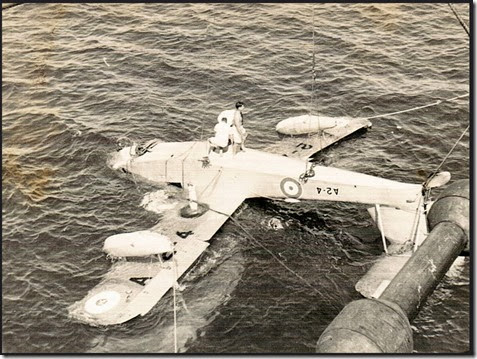 Photo: Collection of the late CPO Bill Westwood, RAN, courtesy of his son John Westwood, RANR Sydney Port Division, 1965-1972. Photo: Collection of the late CPO Bill Westwood, RAN, courtesy of his son John Westwood, RANR Sydney Port Division, 1965-1972.The image above is Copy write - Creative Commons, Share — copy and redistribute the material in any medium or format | |||
| |||
| To find out the fascinating history behind this aircraft I would suggest a visit to Australian Flying.com | |||
The photograph above is not the plane in question, but is from the Museums historic photograph collection. | |||
|
7 February 2015
330lb Rock-Cod caught at Wreck Bay.
| Jervis Bay Snippet. |
 |
| A 330lb weight rock cod was on view in Nowra last week. It was caught by the Wreck Bay fishermen, and was on it’s way to Sydney, to be dished up probably as snapper. It certainly was some fish. |
| REF: http://www.asfb.org.au/committees/threatened-species-profiles/tfp_brockcod.htm |
Ran N1 Fairy Firefly.
| 1956. A carrier-borne fighter anti-submarine and reconnaissance aircraft was forced to land on Callala Beach. | |||
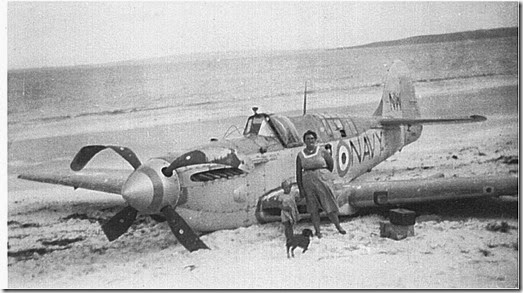 These photo’s are from my families collection, it shows the Firefly on the beach and during recovery. These photo’s are from my families collection, it shows the Firefly on the beach and during recovery. | |||
| |||
| The firefly made the landing with it’s wheels up and you can clearly see the bent propeller blades. | |||
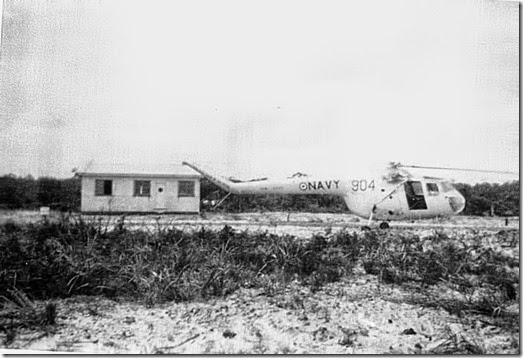 | |||
The helicopter is the one they put the pilot in and took him back to base, they put him in another plane and sent him up again. The house in the background was my aunties mother and fathers place, the only house built at Callala at the time. | |||
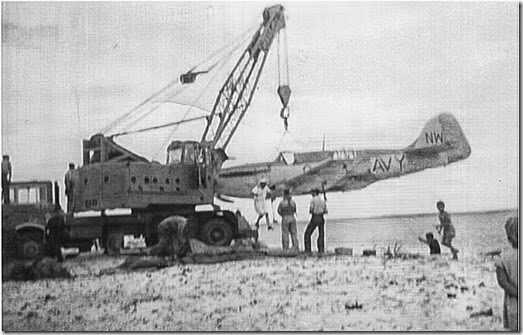 | |||
The information accompanying the photo’s are from my uncle Alan Slater.  |
Lightning over Jervis Bay
3 February 2015
The sleeper-cutters.
| The first timber cutters could easily be regarded as the first pioneers, long before graziers and land speculators came to to the area and from the first instant when the timber on the south coast was recognised for it’s value, Cedar cutters, known commonly as “sawyers”, lived hard physical lives, in the bush, housed in meager tents, teams of men would venture into the unknown landscape to cut the valuable Cedar, Iron Bark, Spotted Gum, Stringy Bark and Bloodwood, used for fencing, shipbuilding and general use. The first sawyers were mostly convicts out on a “ticket-of-leave” employed by timber speculators and others. ”Many of the blackest dyed ruffians of their times were found amongst the ranks of Illawarra sawyers” I found this poem in a copy of the Sydney Mail June 24, 1914. The poem gives us an insight into the daily life of these hard men of the bush. |
 |
| The broad axe rings where the bushmen work |
|
|
| This image described as “Timber workers pictured with the fruits of their labour” is from a fantastic web site called South Coast Time Traveler. |
2 February 2015
Straying stock at Huskisson.
| I have seen Kangaroos bouncing down the main street of Huskisson over the years, but never any straying stock. It seems by this report from the Shoalhaven Telegraph March 1930 it was a bit of a problem. |
 |
At the Clyde Shire Council meeting, on Friday, communications were received from Messrs, F.W. O’Brien and Os. Nelson, complaining of the straying stock nuisance at Huskisson, making the footpaths like stables. The last-mentioned stated that straying horses had broken five window panes in his shop. The Clerk stated - "He had written to owners of straying stock, as a result of instructions at the previous meeting, and he had got into hot water. Owners had read it in the papers and then phoned him, telling him what they thought of him". C.r Watt said the straying stock were undoubtedly a terrible nuisance, and suggested engaging an impounding officer at one pound a week. The Clerk said there was a difficulty in the way. It was a long distance to drive the stock to Nowra, and some of the horses, if sold, would not pay for the cost of driving them, and it was difficult in some instances to establish proof of ownership. Cr. Kennedy remarked that it might pay council to buy the horses and shoot them. The Clerk replied that he believed it would. The engineer said that the writers had good grounds for complaint. He had told one of them that the offenders who owned two cows could be prosecuted if he would supply the names. Cr. Kennedy mentioned the system adopted by South Shoalhaven in appointing an impounding officer periodically for a general roundup. Cr.Watt suggested using the sanitary reserve at Huskisson for detention. It was decided to advertise for applicants for the position on the lines indicated. |
| This arial photo of Huskisson clearly shows straying cows near Field street. |
| I remember the excitement as a child in the 60’s holidaying at Callala seeing the wild horses roaming the streets, we moved permanently to Callala in the early 80’s and small groups of wild horses still roamed the streets. The uneducated tourist, often made the mistake of feeding the horses and then had the problem of getting rid of them. It’s no easy task shifting half a dozen large horses from your veranda. As time wore on and the permanent population and tourists grew, there had been a few accidents, peoples gardens and fences were being eaten and trampled, the council made the decision to round up all the horses and remove them from the area. A sad day for the old timers and early permanent residents of Callala.  |
An old time swimmers miraculous adventure in Jervis Bay
I have added another fascinating story to a previous post about the Shark infested Waters of Jervis Bay.
Continue reading
1 February 2015
1.5 Billion dollar - Landing Helicopter Docs – “LHD”
LO2 - Amphibious Assault Ship.
At 27,000- tonne the LHD is the largest ship ever built for the Australian Navy.
She spent the weekend in Jervis Bay like so many other ships from the past, seeking safe anchorage out of the 5+ meter seas that were rolling outside the bay.
Its an unusual looking ship and has been christened HMAS Canberra, capable of transporting 1000 troops and 150 vehicles, including the new M1A1 tank.
It was built in Spain and transported to Australia on a barge.
She is the first of two being built for the RAN.